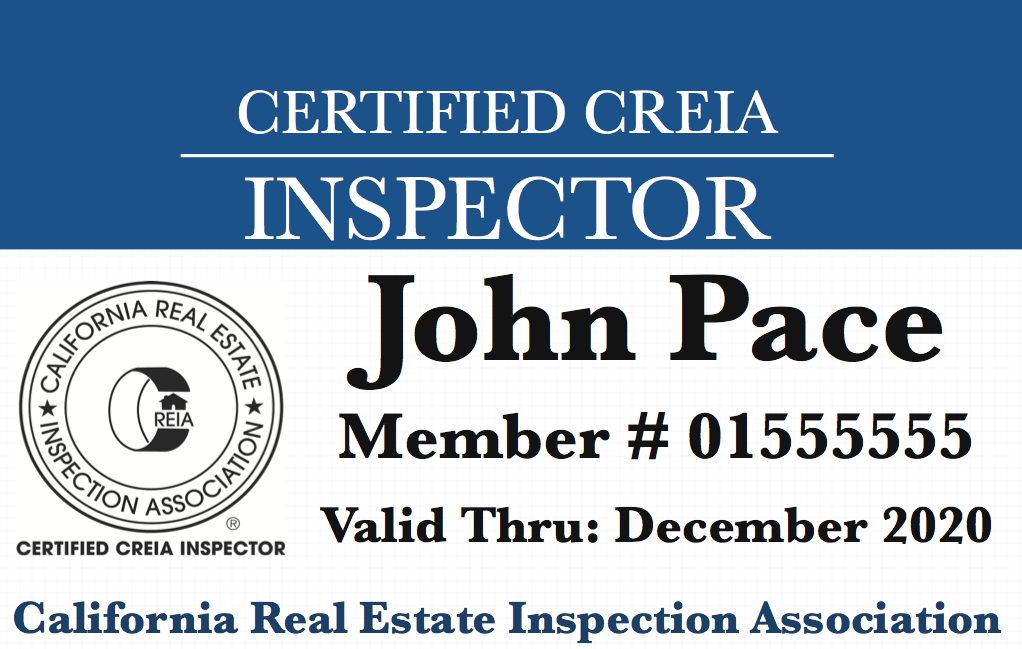Subpanel Grounding: Answers to Common QuestionsSubpanel Grounding: Answers to Common Questions by Michael Casey and Barry Stone There are few subjects in the field of home inspection that raise as many questions, debates, and uncertainties as subpanel grounding. This article will address many of those concerns and provide some clarity on this vital aspect of electrical safety. The points in this article will be expressed, as much as possible, in layman's terminology to enable home inspectors to explain these issues to clients and agents in verbiage that they will understand. So let's start with the basics. As most inspectors know: • A properly wired 120/240-volt subpanel includes a 4-conductor feeder; • Two of these lines are ungrounded conductors, commonly known as "hots;" • One line is the grounded conductor, commonly knows as "the neutral;" • And one line is the equipment grounding conductor, commonly known as "the ground." Understanding the rules and relationships that govern these last two lines, the neutral and the ground, is the main subject of this article. Even among electricians, there are those who do not understand the fundamental principles involved. Rule #1: The grounded conductors (neutrals) and the equipment grounds must always be isolated after the main service panel. There are two essential reasons for this rule: To provide a low-resistance path for current travel to the transformer in the event of a ground fault. This path should not be energized to ensure that it is fully available for the fault current in the event of a malfunction. To prevent the ground wires from conducting returning neutral current during normal operation. Neutral current in the equipment ground wires can energize the casings and enclosures of appliances and equipment. Rule #2: In a subpanel, the terminal bar for the grounded conductors (commonly known as the neutral bus) should always be insulated from the enclosure. The reason for this rule is to prevent the enclosure from conducting current. Rule #3: In a subpanel, the terminal bar for the equipment ground (commonly known as a ground bus) should be bonded (electrically connected) to the enclosure. The reason for this rule is to provide a path to the service panel and the transformer in case of a ground fault to the subpanel enclosure. Rule #4: A terminal slot, no matter how large, can be assumed to be approved for one conductor only unless it is labeled otherwise. However, Rule #5 is an exception. Rule #5: The terminal slots in the equipment grounding bus are permitted to have.... |


